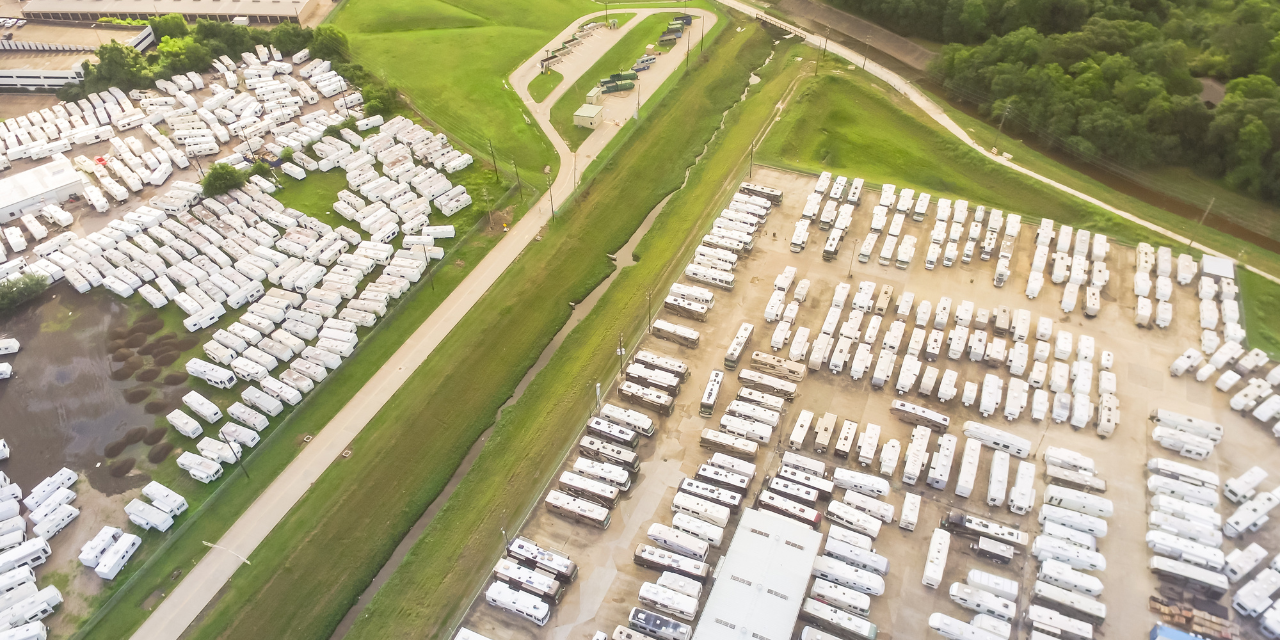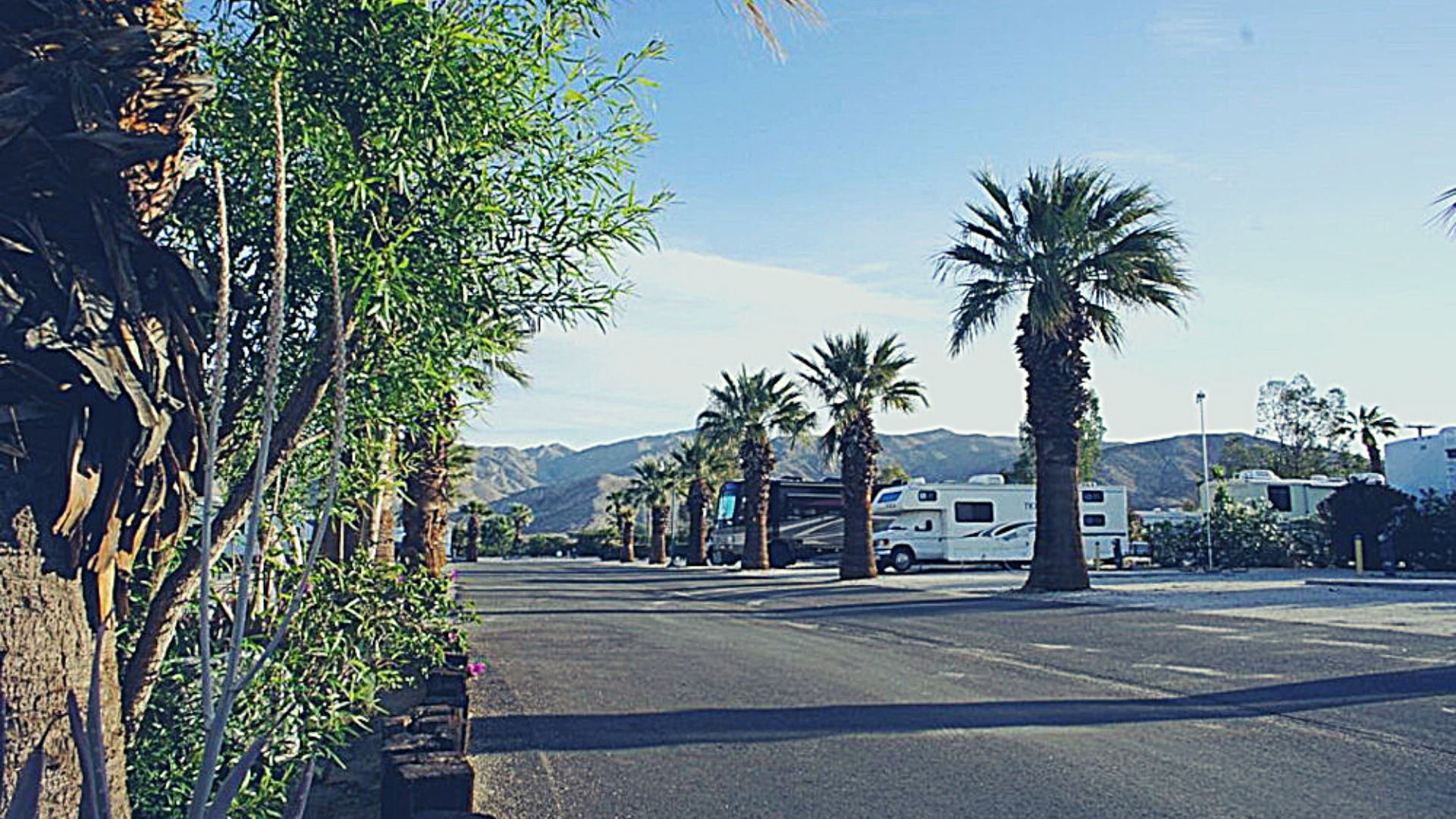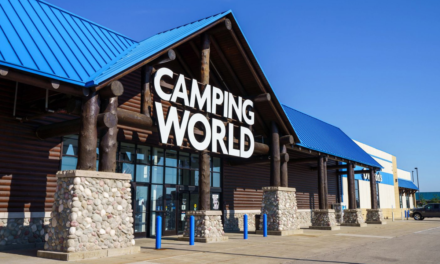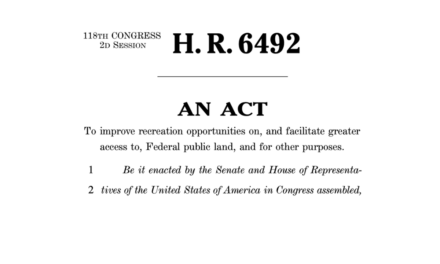“RV sales are down over 50%, as the RV industry spirals to its impending doom…”
That’s what the headlines say, but in reality, the story is much more nuanced than that, and believe it or not, RV sales are better than expected.
WATCH THE VIDEO
First, though, let’s look at where we are.
Through July, RV shipments, the number of RVs produced by RV manufacturers and delivered to dealers, were down 47.7% over the same period in 2022, which was the best on record. But it was about this time last year that production cuts began to take place as the pandemic-driven RV boom came to a close.
But did interest in RVs truly drop by 50%?
In a word…no.
RV shipments are not the same thing as RV sales.
There were 40,964 retail registrations of new RVs, or actual sales, recorded in June, which is the last month data available from Statistical Surveys who track this stuff. That’s only a 21.5% decrease compared to July 2022. It’s still a big drop, but nowhere near 50%. It’s about a 24.0% drop year over year through the end of June. For four months in a row, sales outpaced production as the industry corrected what many now see as a big mistake — a dramatic overproduction.
Remember back when the pandemic hit in 2020? RV sales were trending a bit down. 2017 had been the previous record year for production, the first to hit over half a million RVs built. 2019 was off 20% from that high, and 2020 looked like it would drop even more.
At first, the pandemic was a disaster for the RV industry. In March and April of 2020, many manufacturers cut production as dealers canceled inventory orders. After all, the economy was plunging into a recession, states were implementing restrictions on travel, and it seemed like nobody would want to go anywhere with so many businesses closed across the country.
But quickly, international travel restrictions had people looking to take trips in the US, and the outdoors became the pandemic-friendly way to escape. A boom in work-from-home turned into work-from-anywhere. That recession would be the shortest in US history, at only two months, and $13 trillion in new money flowed from the federal government in various forms of COVID relief. We would later pay for that in the form of inflation, but in the short term, stimulus checks made handy down payments on RV loans with very low interest rates.
But there was a problem — RV Material and Component Shortages
The RV industry couldn’t produce RVs to meet the demand. There was a huge backlog of raw materials and components. That two-month period of canceled RV orders meant canceling shipments of water heaters and plywood and windows and microwave ovens. Meanwhile, dealer lots were being emptied.
By mid-2021, many of those supply chain issues were resolved, and the industry was off to the races. By the end of the year, the RV industry had produced 600,000 units, 95,000 more than the previous record in 2017. And the buying spree was only continuing. More RVs would be sold in 2021 than any other year, by a lot, but for the first time since probably the 2008 and 2009 crash, far more RVs were produced than sold. About 33,000 more.
That was necessary to get some RVs back on dealer lots. After all, 2020 had a deficit of around 93,000 RVs.
RV Dealers Want Full Lots
Contrary to popular belief, dealers thrive on full lots. Most people still buy by showing up at a dealership, walking around, and picking something out. Dealer stock is the way RVs are sold. 2021 and 2022’s surpluses in production amounted to about 80,000 units – mostly restocking dealer lots.
But the industry’s historical build-sell-restock cycle had been disrupted. Most of those surplus RVs were 2022 models, and a growing distrust of those models began to build among buyers. Dealers were saying it themselves — some of this stuff was built terribly. And it’s not like the RV industry already had a great reputation for quality. Combine that with the fact the higher-end manufacturers couldn’t expand production as quickly; more lower-end 2022 stuff was sitting on lots. And it still is.
It’’s not as simple as X number of RVs available on X lots for X dollars. If someone is going to pay top dollar for these really inflated MSRPs and high interest rates, they want the latest model. Dealers are getting 2024 units in now and even though there’s all this other “new” inventory, buyers want the latest and greatest, and to top it off, RV manufacturers are finally doing a bit of innovating again. There weren’t a lot of new floorplans and interiors in the last couple of years, but take a look at 2024 stuff, and you’ll find lots of it.
And people are still buying. This year, there will be a big deficit in RV production. The industry will be 61,000 units short of demand if the sales numbers stay on the current trend.
And that’s likely why the RV Industry Association has just released its projection for 2024 shipments, predicting about a 23% increase in production next year over this year.
The bottom line takeaway is that there was a boom—and that boom had some external pressures—and now we’ve returned to the lull in RV sales that we should have had in 2020.
Should You Buy An RV Now Or Wait?
So what does that mean for you? Well, if you’re planning to buy an RV, dealers have largely returned to the typical 20-30% discounts off of MSRP. It also means that manufacturers are introducing some incentives.
Those MSRPs are still inflated, but the industry knows that and is doing some things to bring them down. Primarily, that means removing features from models – or de-contenting. As our friend Josh “the RV Nerd” Winters will tell you over on his YouTube channel, you’re seeing fewer ovens on the lots this year, and propane fridges are pretty much gone. Still, we’re seeing brands competing with each other again instead of just rushing out to build as many units as possible. And that’s going to only be good for the consumer.
The Best Deals Are On Model Year 2022 RVs
If you want a really good deal on a new unit – now might be the time to look at those 2022 model year units that dealers are trying to get rid of as the new 2024s begin to arrive on their lots. They aren’t much different than 2024 units, and in fact, some actually have more features, not less. Are you opening yourself up to getting a lemon? Maybe — but you can mitigate that by getting an independent inspection from a qualified NRVIA-certified RV inspector.
And if you’re looking to buy used, post-camping season, this year will be the best time to buy a used RV in a while. The used RV market works pretty much in lock-step with the new market in normal years, but many people hoped that disruption of booming sales would lead to an eventual swing of cheap and plentiful used RVs. We don’t foresee that happening. Even if it did, for the used RV market to go bust, it would have to return to normal, and I think we’re only just now seeing the beginning of a return to normal for used RV sales.
Whether you are buying or selling, there probably isn’t a huge advantage to waiting. Prices and markets will go up and down from here forward, but barring some major Covid-level events, the big swings are probably over.








